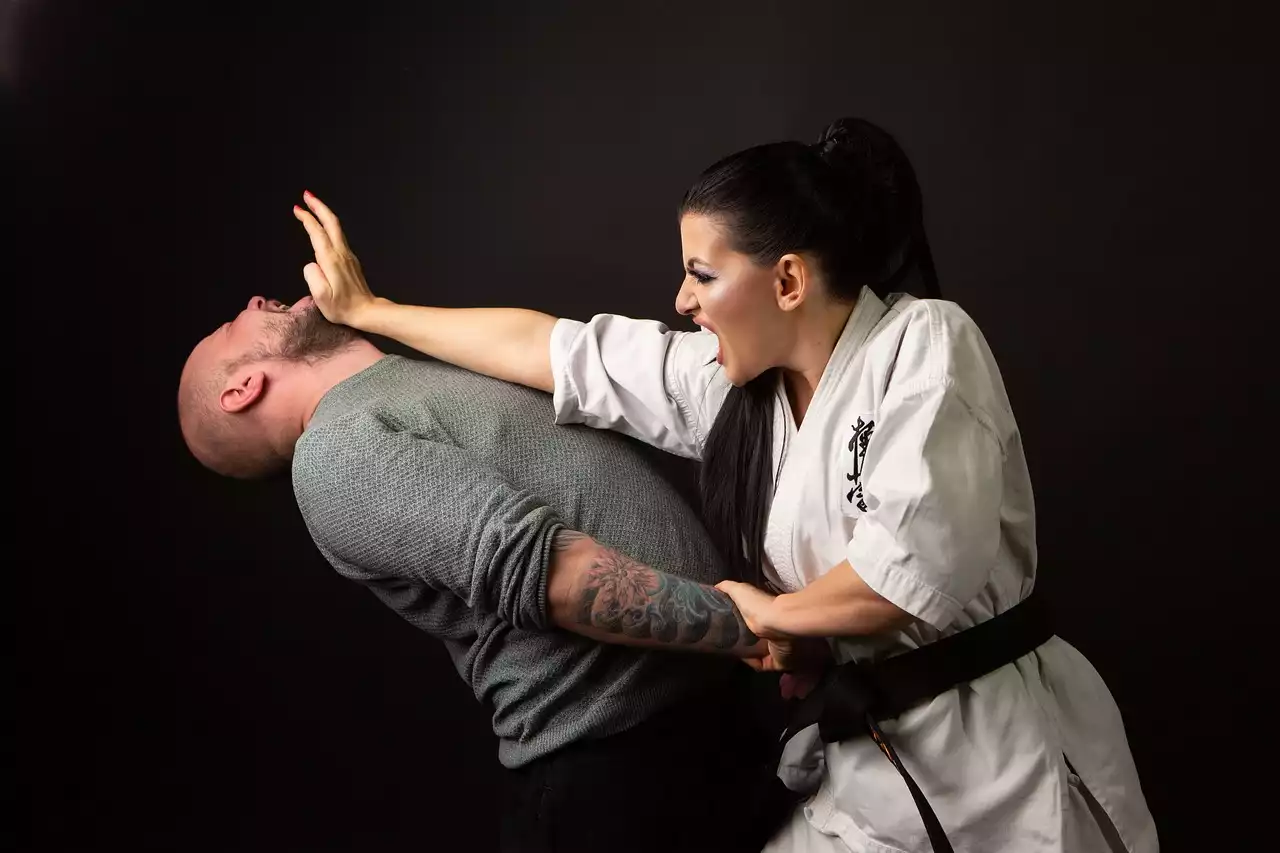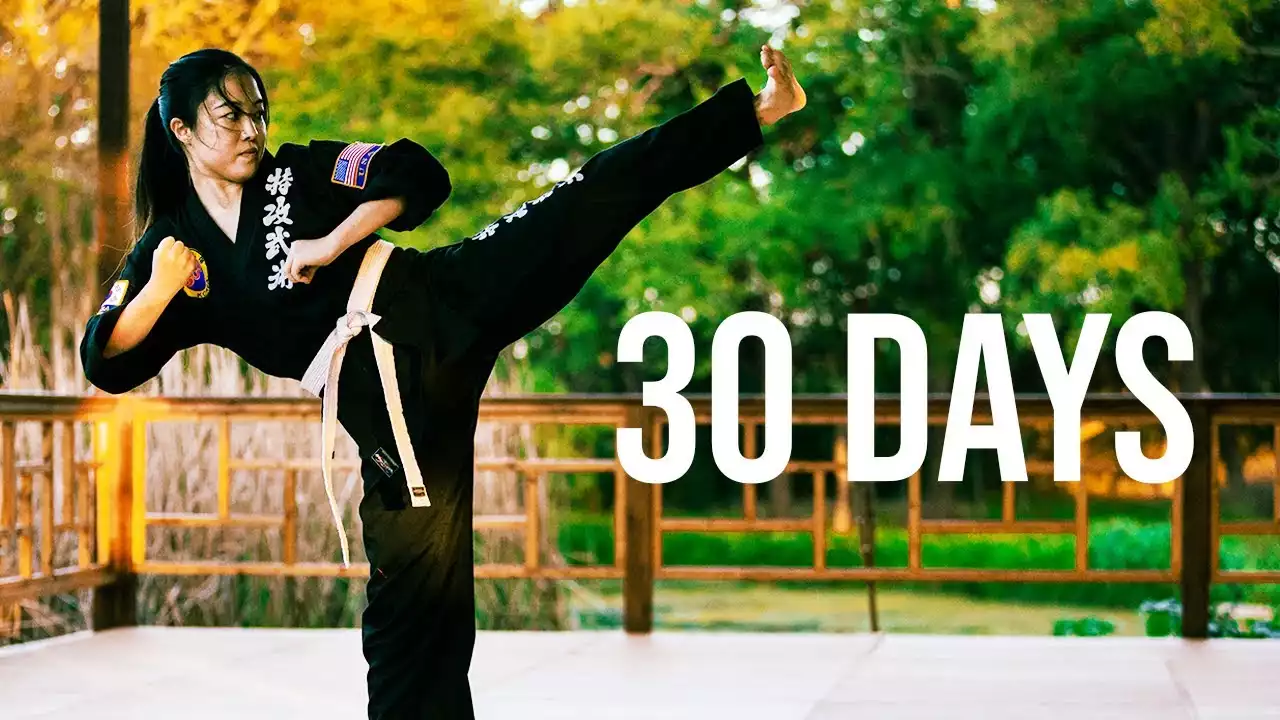What is Taekwondo?
Taekwondo is a Korean martial art that originated in the 1940s and 1950s. It is a form of self-defense and exercise, and the main focus of Taekwondo is the development of kicking and striking techniques. Taekwondo also includes stances, blocks, and other physical techniques. The name Taekwondo is derived from the three elements of the martial art: Tae (foot), Kwon (fist), and Do (way of life).
The practice of Taekwondo is divided into two main parts: poomsae (forms) and sparring. Poomsae is a set of predetermined movements performed in a specific order. Sparring is the practice of self-defense against an opponent. Both poomsae and sparring require discipline, concentration, and control.
Benefits of Taekwondo
Taekwondo offers many physical and mental benefits. Practicing Taekwondo can improve your physical health, as it can help you build strength, stamina, and flexibility. It can also help you improve your balance, coordination, and agility. The practice of Taekwondo can also help you develop mental discipline and focus.
In addition to the physical and mental benefits, Taekwondo can also help you develop self-confidence and self-esteem. The practice of Taekwondo encourages respect and courtesy, and it teaches you to stay humble and compassionate.
Guiding Principles of Taekwondo
In addition to the physical techniques, the guiding principles of Taekwondo are essential for proper practice. These principles are the foundation of Taekwondo, including courtesy, integrity, perseverance, self-control, and indomitable spirit.
Courtesy is the practice of being polite and respectful to others. Integrity is being honest and fair in all aspects of your life. Perseverance is the ability to keep going even when things are difficult. Self-control is the ability to stay focused and in control of your emotions. Lastly, the indomitable spirit is the determination to never give up and always strive to do your best.
Rules for Sparring
When practicing sparring, there are a few rules that must be followed to ensure the safety of everyone involved. The rules are designed to make the practice of Taekwondo as safe as possible.
First, only light contact should be made. This means avoiding any kind of direct contact with an opponent's head, face, and neck. Punches and kicks should also be pulled at the last moment. Second, contact should only be made with appropriate techniques and techniques should be practiced with control. Lastly, sparring should only be practiced with an experienced partner.
Wearing the Proper Attire
When practicing Taekwondo, proper attire is essential to ensure safety. The attire should include a martial arts uniform (do bok), as well as a belt or sash that denotes your rank in Taekwondo. Your belt or sash should be tied securely and should not be too loose or too tight. You should also wear protective gear, such as shin guards, foot guards, and a mouthguard.
Safety Rules for Taekwondo Practice
In addition to wearing the proper attire, there are a few safety rules that must be followed when practicing Taekwondo. These rules are designed to ensure the safety of everyone involved.
First, no one should practice Taekwondo if they are feeling unwell or injured. Second, no one should practice Taekwondo if they are under the influence of drugs or alcohol. Third, no one should practice Taekwondo if they are feeling angry or frustrated. Lastly, no one should practice Taekwondo if they are feeling overly exhausted.
Rules for Competition
When competing in Taekwondo tournaments, a few rules must be followed. These rules are designed to ensure the safety of everyone involved and to ensure fair competition.
The competition rules vary depending on the tournament, but there are a few common rules that must be followed. First, competitors must follow the regulations of the tournament. Second, competitors must wear the proper attire, including a martial arts uniform and protective gear. Third, all techniques must be performed with control and light contact. Lastly, competitors must show respect and courtesy to their opponents.
Types of Taekwondo Belts
In Taekwondo, several different belt colors denote the rank of the practitioner. The belt colors are white, yellow, green, blue, red, and black. The white belt is the most basic rank, and the higher the belt color, the more experienced the practitioner.
Taekwondo Tournaments
Taekwondo tournaments are competitions where practitioners compete against each other in sparring and poomsae. The tournaments are designed to test the skills and abilities of the practitioners.
Tournaments are divided into different age and rank divisions, and the rules of the tournament will vary depending on the division. Tournament rules may include regulations on attire, light contact, and sportsmanship.












